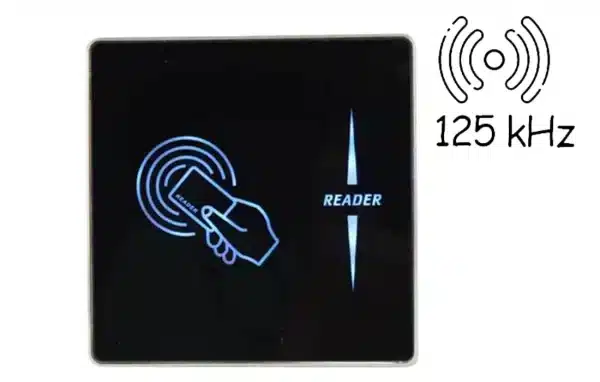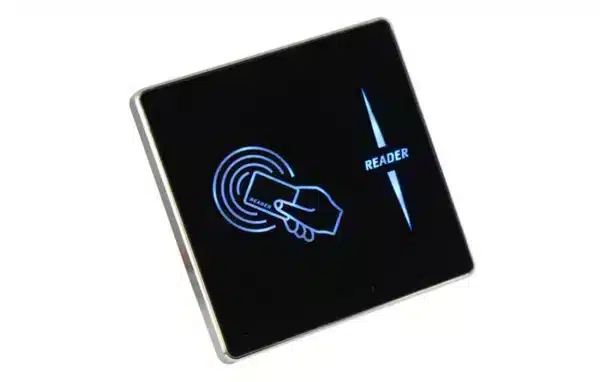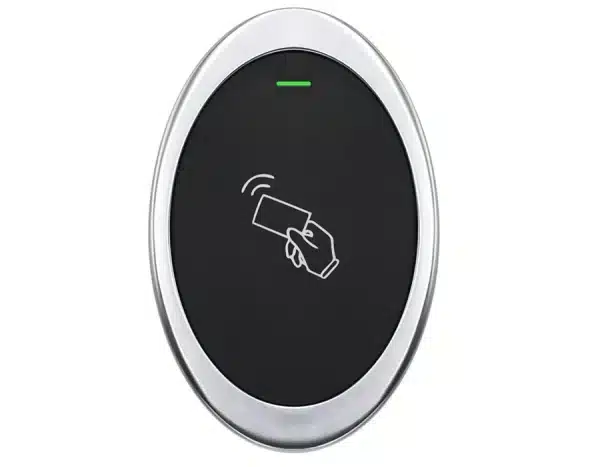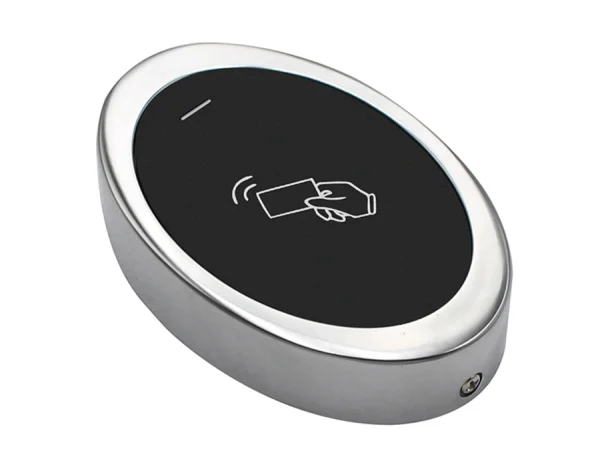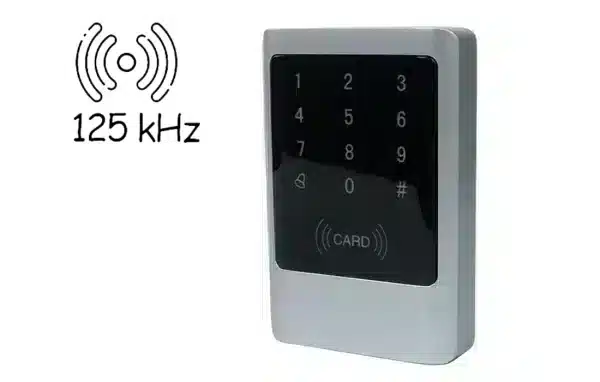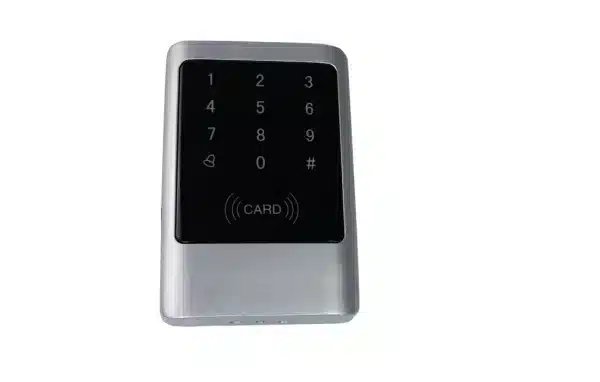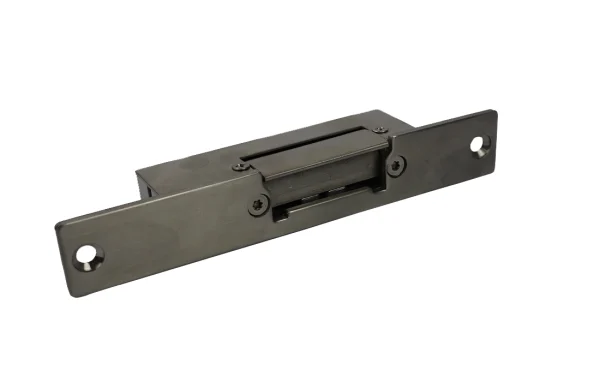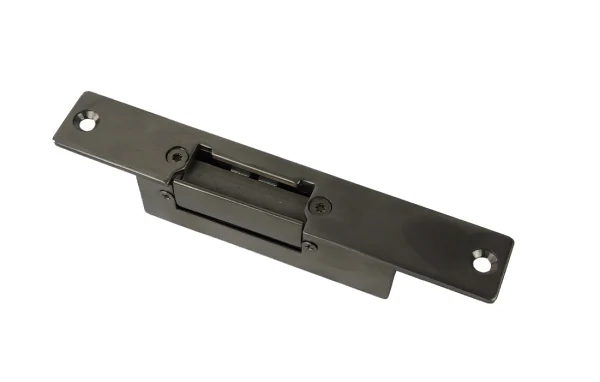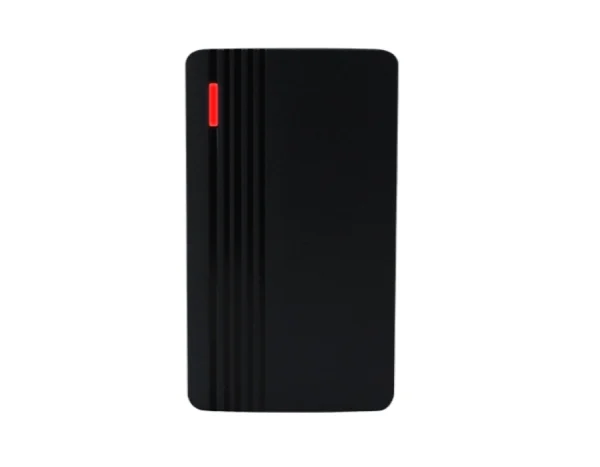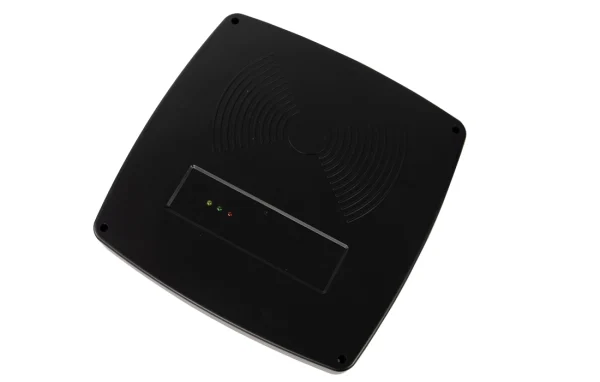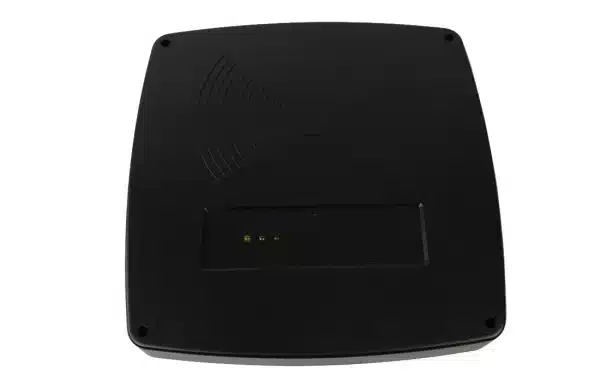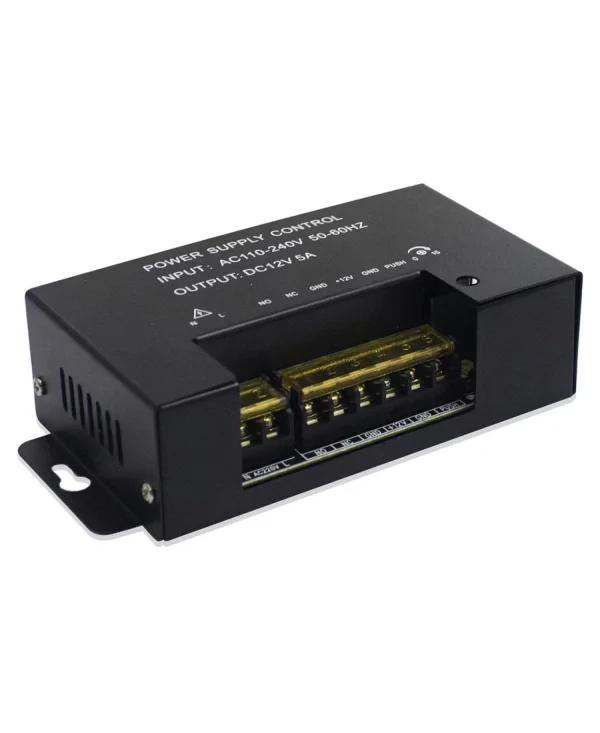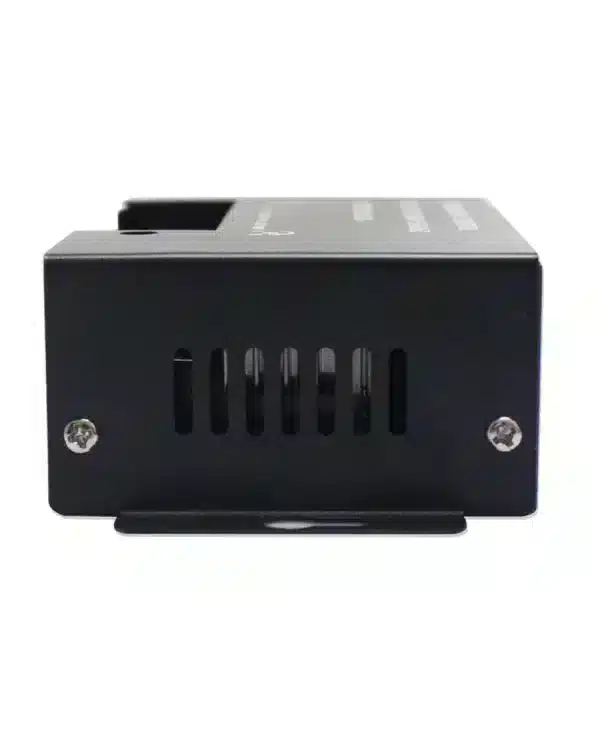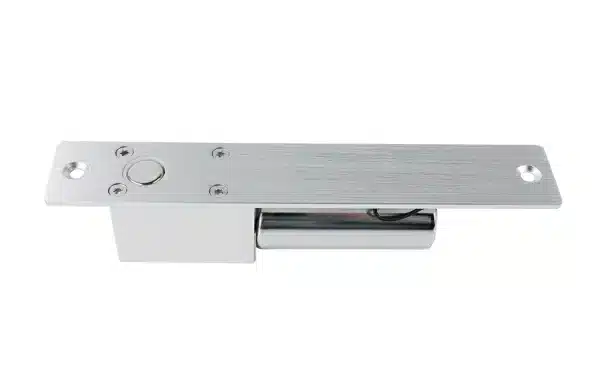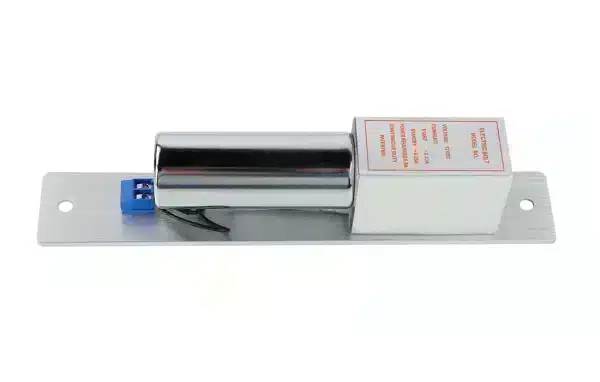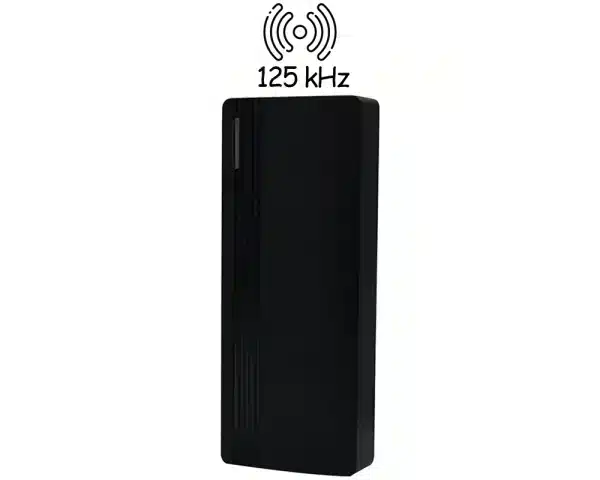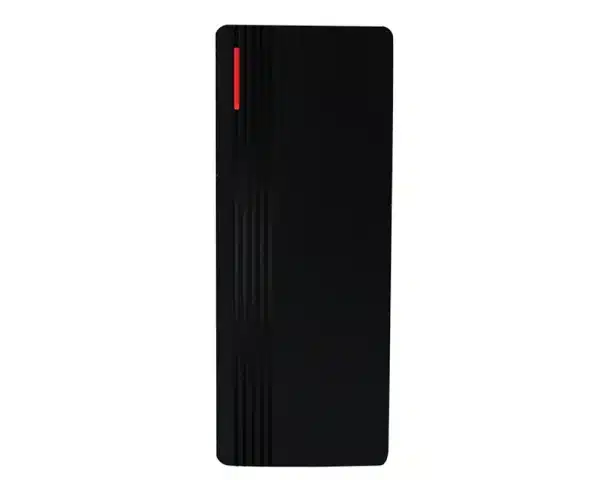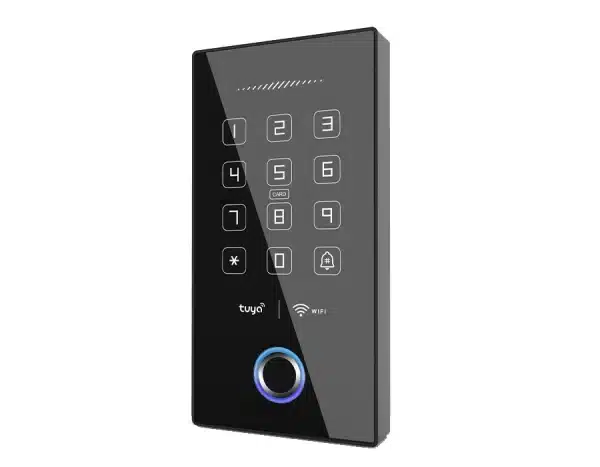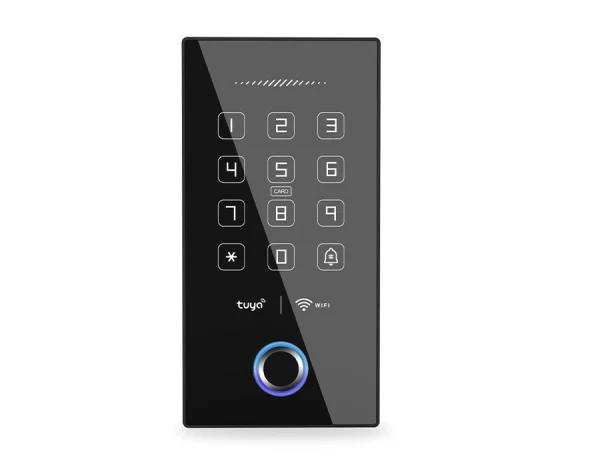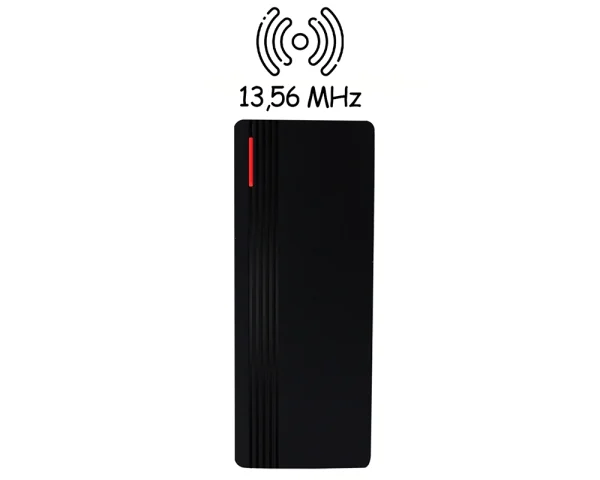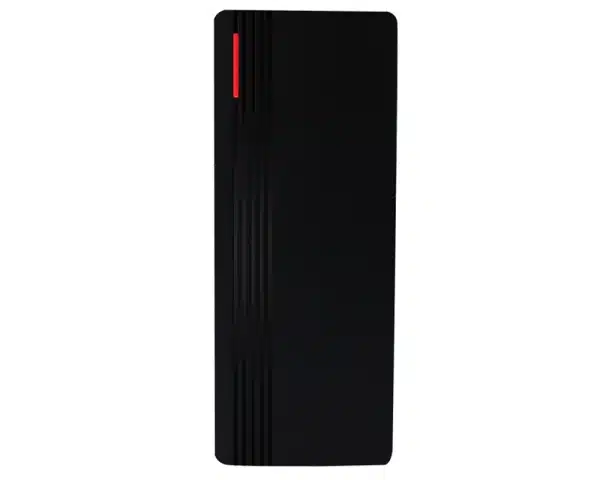- No products in the cart.
- Home
- Access control systems
Access control systems
Access control systems for buildings and premises are automated solutions used to manage and monitor access of individuals to specific areas. Their main task is to increase security by controlling who, when, and where can enter. These systems are used in both commercial and private facilities, including offices, schools, warehouses, and even residential properties.
Clear Filters
Clear Filters
Položka přidána do košíku Prohlédnout košík Překontrolovat
What Are Access Control Systems?
Access control systems consist of electronic devices that control access to a building or rooms within a building. They can be managed locally or remotely and are often integrated with other security systems. They can be applied in various environments such as buildings, rooms, or outdoor areas. Access control systems offer different door unlocking options, such as verification through individual password, RFID card, fingerprint, and even facial recognition.
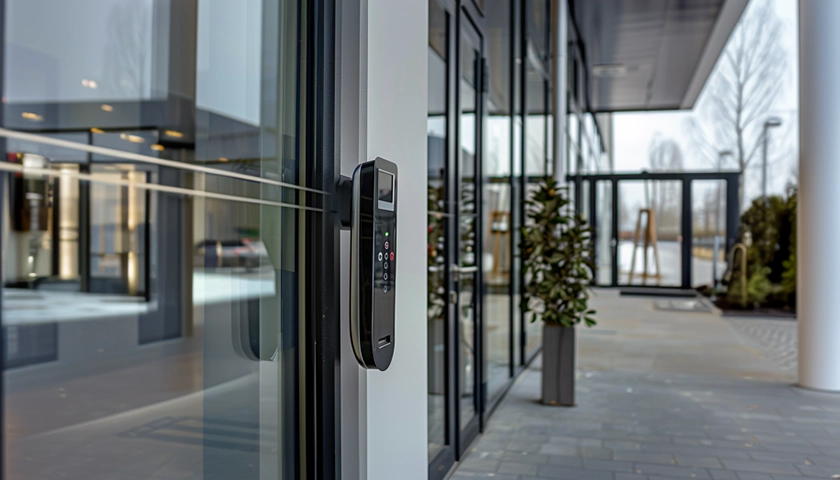
What Are Access Control Systems Used For?
The primary function of access control systems is to provide access only to authorized individuals to specific areas, thereby protecting property and information from unauthorized access. Additionally, these systems can record entry and exit history, helping to monitor employee presence and manage potential crisis situations.
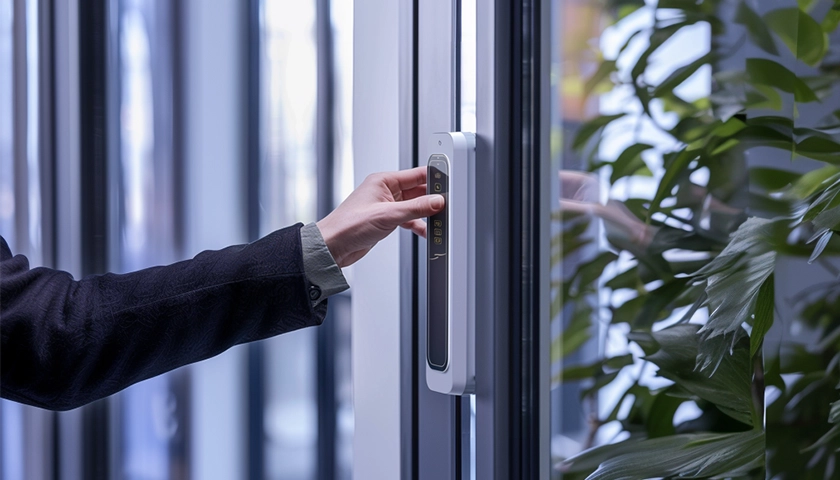
How Can We Gain Access to a Building or Room?
On the market, there is a wide range of devices designed to control and manage access to buildings or rooms. These systems offer various authentication and access allocation methods. Depending on the model, an access control system may have several authentication methods or just one.
Methods of building access:
- Card-based access control - these systems use magnetic cards or RFID proximity cards for user identification. When an RFID card is presented in a specific location, the device scans the card, and if it finds it in the database, grants access to the user.
- Access codes - each user can be assigned an individual number, so entering the correct PIN code by the user will allow them to open the door.
- Remote access control - some access control system models use Bluetooth or NFC technology and work with special management applications, allowing remote access control and even configuration from anywhere on earth using a smartphone.
- Biometric access control systems - depending on the device model, access to a building or room can be obtained using a fingerprint or even facial recognition.
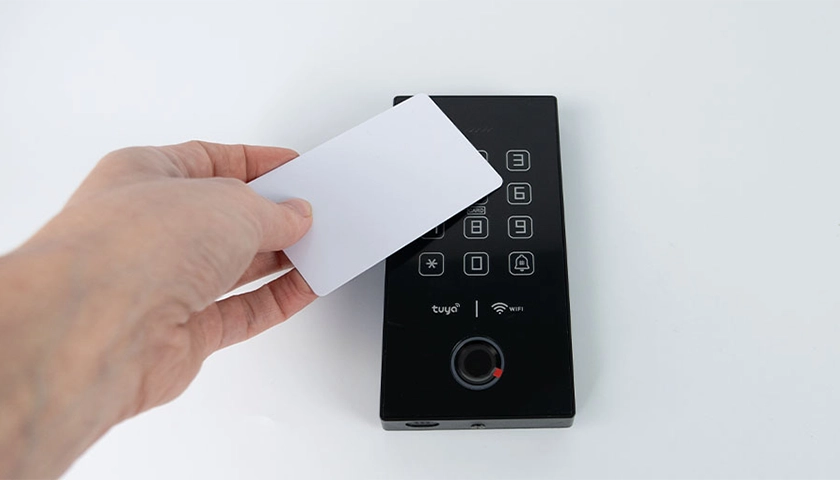
What Devices Are Distinguished in Access Control Systems?
Access control systems are devices of various kinds, designed to ensure the security of resources located in commercial buildings, such as corporate headquarters or private premises, such as homes or apartments. Among them, we can distinguish:
- Access control readers - these are compact devices that, depending on the model, offer access by reading information from an RFID card, scanning fingerprints, facial recognition, or entering a user's individual password via a keypad. Access control readers can be connected to an electric lock, allowing doors to be opened using the above-mentioned methods. When connected to a time recorder inside, the reader gains the additional ability to directly transmit user entry time data to an external device.
- Electronic locks - devices that, when installed in doors and connected to power, secure the building. An electric or electromagnetic lock can be connected to an external reader for RFID cards, fingerprint scanning, facial recognition, or password, allowing the user to open the door using the selected authentication method.
- Electronic handles - these are intelligent, advanced devices designed for installation on external or internal doors, offering security and protection. Such devices can provide access through RFID cards, passwords, or fingerprints. Some models also work with applications that, when installed on a smartphone, allow remote door opening, closing, and configuration via a smartphone, regardless of location.
